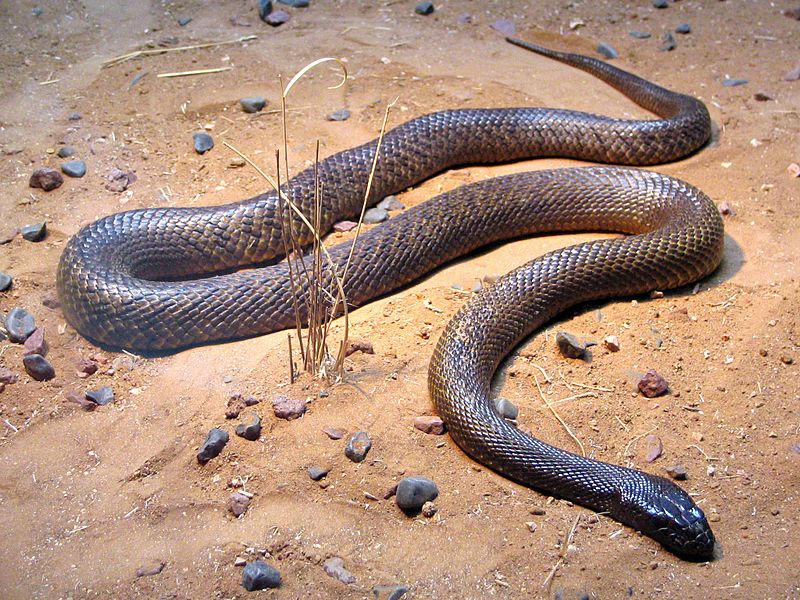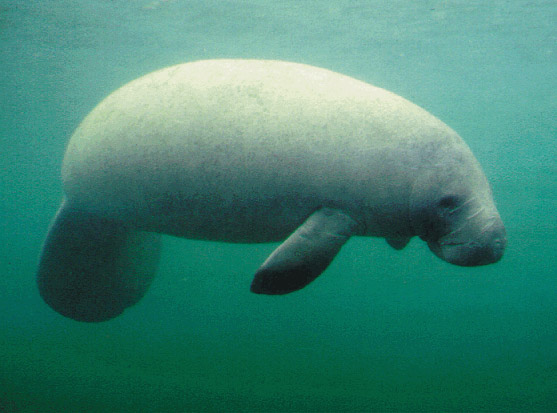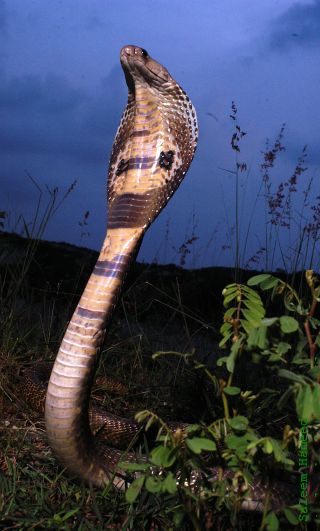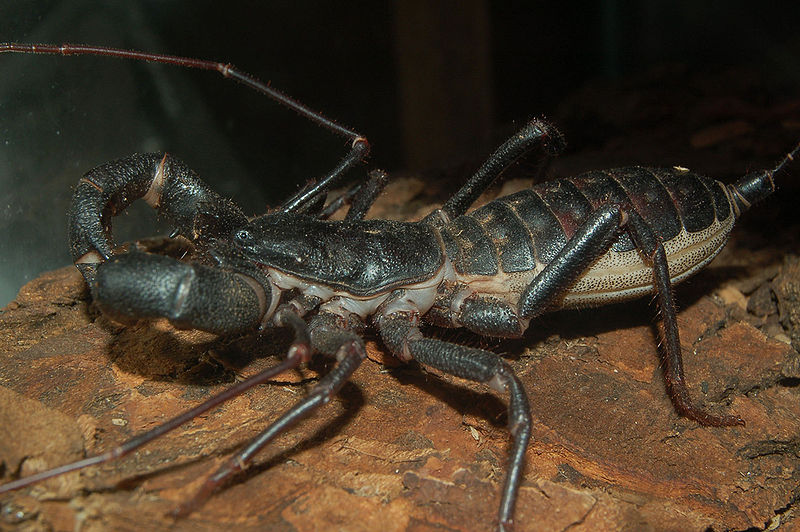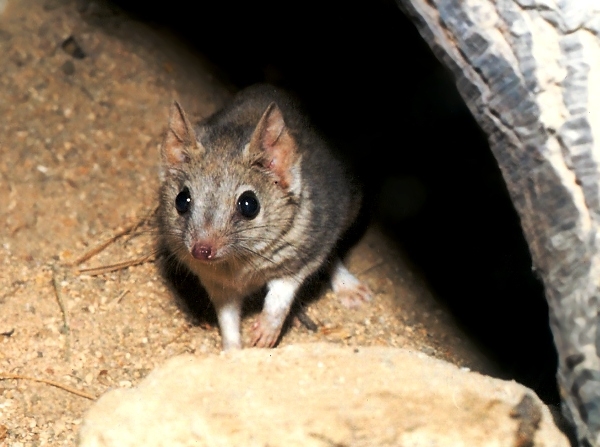[sliderly id=6990 type=slideshow duration =3000 width=600 height=400]
Did You Know?
- Tailed Frogs have no eardrums and as such, do not make any cute, froggy calls.
- The small hatchlings are practically transparent helping the young escape hungry predators
- The closest living relative of the Tailed Frog lives on the other side of the planet in New Zealand.
The Misleading Tail
The name of our featured animals is a little misleading as these frogs don’t actually have tails. Sure, the males have an appendage that looks strikingly similar to a tail, but upon closer examination, you will notice that this “tail” does not contain any bones. In fact, this appendage is used for mating and only found in males (I will let you fill in the blanks). Yes, unlike most frog species, the Tailed Frog relies on internal fertilization made possible by their “tail”. I guess this is one feature that makes them quite different than most frog species.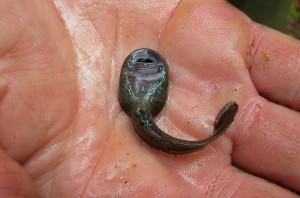
A Fashionable Frog
Another difference between our featured animal and other frog species is their easily identifiable offspring. I am sure identifying the species of frogs while in their tadpole stage is a frustrating task for even the most knowledgeable herpetologist. Luckily, just about anyone can spot a Tailed Frog tadpole due to their large sucker lips and almost transparent appearance. Although, as these tadpoles age, they lose the transparency in exchange for a nice mottled brown or black colour. Many individuals will add a touch of flair to their outfit by including a fashionable white spot to the tip of their little tadpole tail.
Don’t Stick Out Your Tongue
While the Tailed Frog takes a long time to grow up – they have been known to spend up to 4 years in the tadpole stage – it pays off in the end as these frogs are one of the longest living frog species on the planet. Believe it or not, they have been known to survive between 15 and 20 years in the wild! During this time the slow growing Tailed Frog will start out feeding on algae before moving onto insects, snails and other small invertebrates as they become adults. Once again, these frogs differ from your standard North American variety as they are unable to catch insects using their tongue. Since their tongue is attached close to the base of their mouth they need to rely on pouncing and catching their meals with their mouth. It is an art form but these little froggies seem to have it all figured out.
Slider Photo Credits: Gary Nafis

